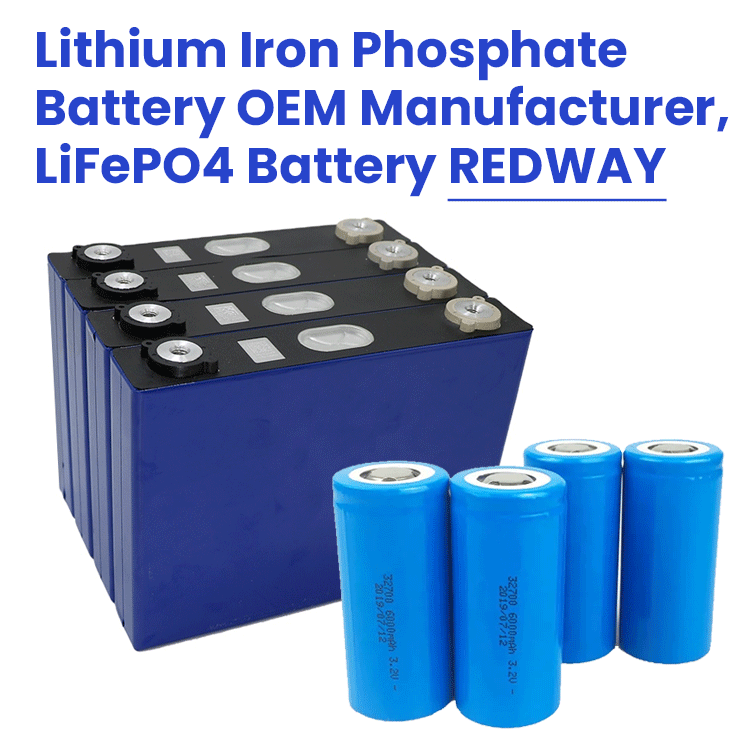The exploration of advanced battery technologies beyond lithium-ion is crucial for addressing the limitations of current energy storage solutions. Innovations such as solid-state, sodium-ion, and flow batteries are emerging as viable alternatives, promising improved performance, safety, and sustainability in energy storage systems.
What are the Alternatives to Lithium-Ion Batteries?
Several alternatives to lithium-ion batteries are gaining traction in the energy storage market, including:
- Solid-State Batteries: Utilizing solid electrolytes, these batteries promise higher energy densities and enhanced safety.
- Sodium-Ion Batteries: These batteries use sodium instead of lithium, offering a more abundant and potentially cheaper resource.
- Flow Batteries: These systems store energy in liquid electrolytes, allowing for scalable energy storage solutions.
Chart: Comparison of Alternative Battery Technologies
| Battery Type | Key Component | Energy Density (Wh/kg) | Safety | Cost Potential |
|---|---|---|---|---|
| Solid-State Battery | Solid Electrolyte | 300-500 | High | Higher initial investment |
| Sodium-Ion Battery | Sodium Compounds | 100-150 | Moderate | Lower material cost |
| Flow Battery | Liquid Electrolyte | 20-40 | High | Competitive over time |
How Do Solid-State Batteries Function and What Are Their Benefits?
Solid-state batteries operate by using a solid electrolyte to facilitate ion movement between the anode and cathode during charging and discharging cycles. This design eliminates the risks associated with liquid electrolytes, such as leakage and flammability.Benefits of Solid-State Batteries:
- Higher Energy Density: They can store more energy in a smaller space, leading to longer-lasting power sources.
- Improved Safety: Reduced risk of fire and thermal runaway compared to traditional lithium-ion batteries.
- Longer Lifespan: Enhanced durability allows for more charge cycles without significant degradation.
What Advantages Do Solid-State Batteries Provide Over Traditional Technologies?
Solid-state batteries offer several advantages over traditional lithium-ion technologies:
- Enhanced Performance: Higher energy density translates to longer ranges for electric vehicles and portable devices.
- Safety Improvements: The solid electrolyte minimizes risks associated with leaks and fires.
- Environmental Benefits: Potentially lower environmental impact due to reduced reliance on scarce materials like cobalt.
Chart: Performance Comparison of Solid-State vs. Lithium-Ion Batteries
| Metric | Solid-State Battery | Lithium-Ion Battery |
|---|---|---|
| Energy Density | 300-500 Wh/kg | 150-250 Wh/kg |
| Charge Time | 30 minutes | 60 minutes |
| Cycle Life | 2000+ cycles | 500-1500 cycles |
Why Is There Growing Interest in Sodium-Ion Battery Technology?
Sodium-ion battery technology is gaining momentum due to:
- Abundant Resources: Sodium is more plentiful and less expensive than lithium, making it an attractive alternative.
- Lower Environmental Impact: The extraction process for sodium is generally less harmful than that for lithium.
- Scalability: Sodium-ion batteries can be produced at scale, making them suitable for large-scale applications like grid storage.
What Are Flow Batteries and Their Applications in Energy Storage?
Flow batteries utilize two liquid electrolytes stored in separate tanks that flow through a cell stack during charging and discharging. This design allows for scalable energy storage solutions ideal for renewable energy applications.Applications of Flow Batteries:
- Grid Energy Storage: Ideal for balancing supply and demand from renewable sources like wind and solar.
- Backup Power Supply: Suitable for providing backup power during outages or peak demand periods.
How Are Emerging Battery Technologies Shaping the Future of Energy Storage?
Emerging battery technologies are set to transform the energy storage landscape by:
- Increasing Efficiency: New technologies promise higher efficiency rates, reducing waste during energy conversion.
- Enhancing Sustainability: Innovations focus on using abundant materials and improving recycling processes.
- Supporting Renewable Integration: Advanced batteries will enable better integration of renewable energy sources into existing grids, promoting cleaner energy use.
Industrial News
Recent advancements in battery technologies highlight a shift towards more sustainable and efficient solutions. Companies like CATL and Panasonic are investing heavily in solid-state technology, while researchers are exploring sodium-ion alternatives as a cost-effective solution for large-scale applications. Moreover, flow battery technology is gaining traction for grid storage applications, ensuring stability as renewable energy sources expand.
Redway Expert Insights
“The exploration of advanced battery technologies beyond lithium-ion is essential for achieving a sustainable energy future,” states Dr. Emily Redway, an expert in battery technology. “As we move towards cleaner energy solutions, innovations such as solid-state, sodium-ion, and flow batteries will play a pivotal role in meeting global energy demands.”
FAQ Section
Q1: What are some alternatives to lithium-ion batteries?
A1: Alternatives include solid-state batteries, sodium-ion batteries, and flow batteries.Q2: How do solid-state batteries work?
A2: They use a solid electrolyte to facilitate ion movement between electrodes during charge cycles.Q3: What advantages do solid-state batteries offer?
A3: They provide higher energy density, improved safety, and longer lifespan compared to traditional lithium-ion batteries.Q4: Why is there interest in sodium-ion technology?
A4: Sodium is abundant and cheaper than lithium, making it an attractive alternative with lower environmental impact.Q5: What applications do flow batteries have?
A5: Flow batteries are used for grid energy storage and backup power supply during outages or peak demand periods.







